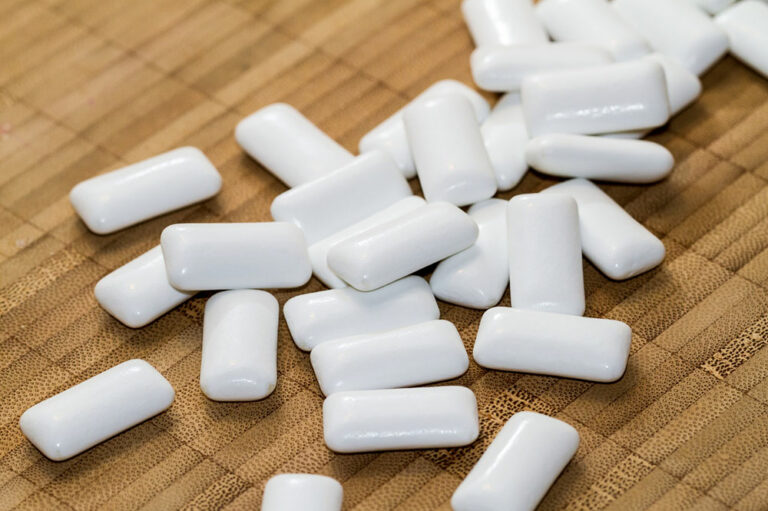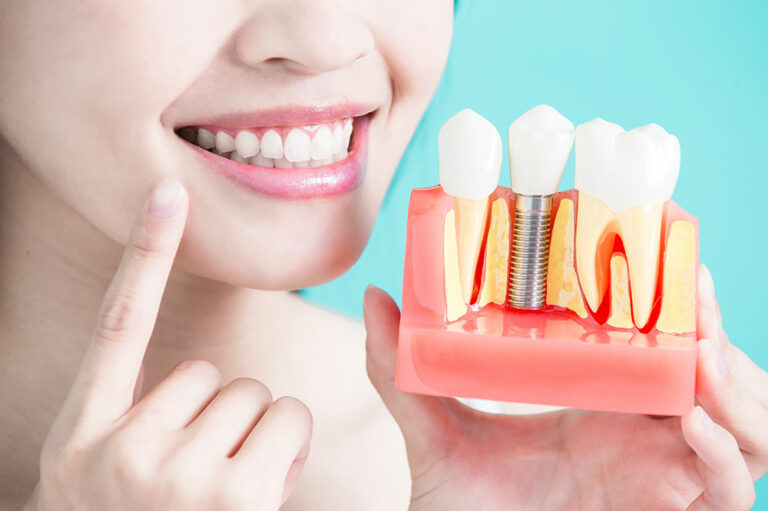
Health
Top 9 foods that fight bad breath
Bad breath, called halitosis, is a common problem affecting millions worldwide. It can be caused by various factors, including poor oral hygiene, certain health conditions, and even the daily foods consumed. While maintaining good oral hygiene practices like brushing and flossing is essential, including specific foods can also help combat bad breath. Bad breath can be a social and personal concern, but one can naturally combat it with the right dietary choices. Fresh herbs Fresh herbs like mint, cilantro, and parsley are known for their breath-freshening properties. These herbs contain chlorophyll, a natural deodorizer that actively helps neutralize the sulfur compounds responsible for bad breath. Nutritionists suggest chewing on a sprig of parsley or mint after a meal to freshen bad breath instantly. Alternatively, one can incorporate these herbs into daily dishes for flavor and breath-freshening benefits. Crunchy vegetables Crunchy vegetables like carrots, celery, and cucumbers have a dual benefit when combating bad breath. Firstly, these veggies are high in water content that helps stimulate saliva production, which is essential for maintaining a moist mouth and reducing odor-causing bacteria. Secondly, the crisp texture of these vegetables can help clean the teeth and remove food particles that also contribute to bad breath.
Read More 









